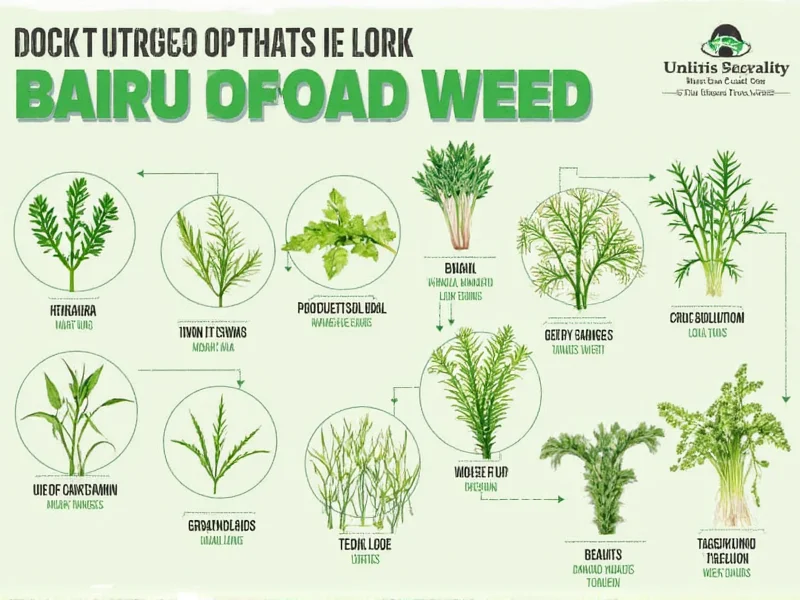Dill weed isn't just a pretty garnish—it's a culinary powerhouse with applications spanning multiple cooking techniques and preservation methods. This aromatic herb, harvested from the delicate leaves of the dill plant, brings a distinctive flavor profile that enhances numerous dishes while offering practical preservation benefits.
Culinary Applications of Fresh Dill Weed
When exploring how to use dill weed in cooking, start with its most celebrated application: seafood preparation. The herb's bright, slightly sweet flavor perfectly complements fish, particularly salmon, trout, and white fish varieties. Chefs often create dill crusts by combining chopped dill weed with lemon zest, breadcrumbs, and olive oil before baking.
Salad dressings represent another prime culinary use of dill weed. Whisk together 2 tablespoons of fresh chopped dill, 3 tablespoons of olive oil, 1 tablespoon of vinegar, and a pinch of salt for an instant herb dressing that elevates green salads, potato salads, and cucumber salads. The herb's volatile oils release their full flavor when combined with acidic ingredients.
For vegetable dishes, dill weed shines in preparations featuring:
- Cucumbers (classic in tzatziki sauce)
- Carrots (especially in roasted preparations)
- Green beans (tossed with melted butter and dill)
- Potatoes (in both hot and cold preparations)
Pickling and Preservation Uses
One of the most practical uses for dill weed in preservation involves pickling. When making refrigerator pickles or fermented pickles, dill weed contributes both flavor and beneficial bacteria that aid the fermentation process. For optimal results in pickling:
| Preservation Method | Dill Weed Quantity | Best Vegetable Pairings |
|---|---|---|
| Refrigerator Pickles | 1-2 sprigs per pint jar | Cucumbers, radishes, green beans |
| Fermented Pickles | 2-3 sprigs per quart jar | Cucumbers, cauliflower, carrots |
| Vinegar-based Pickles | 1 sprig per pint jar | Onions, peppers, mixed vegetables |
Unlike dill seed—which provides a more intense flavor that holds up during long canning processes—dill weed offers a fresher taste that works best in quick pickles or as a finishing herb.
Dill Weed vs. Dill Seed: Understanding the Differences
Many home cooks confuse dill weed vs dill seed uses, but these two components of the same plant serve distinct purposes. Dill weed refers to the feathery green leaves, while dill seed comes from the plant's flower heads.
Key differences include:
- Flavor profile: Dill weed offers a delicate, grassy-anise flavor; dill seed has a stronger, more pungent, slightly citrusy taste
- Best applications: Use dill weed in fresh applications (garnishes, dressings, finishing); use dill seed in baked goods, spice blends, and long-cooking dishes
- Substitution ratio: 1 tablespoon fresh dill weed = 1 teaspoon dill seed (though flavors differ significantly)
Storage Techniques for Maximum Freshness
To extend the shelf life of your dill weed, proper storage is essential. For short-term storage (up to one week):
- Trim the stems
- Place in a glass with 1-2 inches of water
- Cover loosely with a plastic bag
- Store in the refrigerator
For longer preservation, freezing dill weed maintains more flavor than drying. Chop the herb finely, place in ice cube trays, cover with olive oil or water, and freeze. These herb cubes work perfectly for soups, stews, and sauces.
Traditional and Medicinal Applications
Historically, dill weed has served purposes beyond the kitchen. Various cultures have used it as a digestive aid, with traditional preparations including dill water for infant colic. While modern science continues researching these applications, preliminary studies suggest dill contains compounds with potential antioxidant properties.
When considering medicinal properties of dill weed, it's important to note that most traditional uses haven't been conclusively proven by clinical research. However, as part of a balanced diet rich in herbs and vegetables, dill weed contributes valuable phytonutrients.
Substitution Strategies When Dill Weed Isn't Available
If you're wondering about substituting dill weed in recipes, several alternatives exist depending on the dish:
- Tarragon: Offers a similar anise-like flavor (use ¾ the amount of dill)
- Fennel fronds: Provides comparable texture and mild licorice notes
- Parsley with a squeeze of lemon: Creates a fresh profile in salads and dressings
- Dill seed (sparingly): Only for cooked dishes, as the flavor differs significantly
Remember that no substitution perfectly replicates dill weed's unique flavor, so adjust quantities based on your taste preferences.
Creative Applications Beyond Traditional Uses
Modern chefs have expanded fresh dill weed applications into unexpected areas:
- Compound butters: Blend with softened butter, lemon zest, and garlic
- Infused oils: Steep in olive oil for salad dressings or bread dipping
- Cocktail garnishes: Adds aromatic complexity to gin-based drinks
- Herb salts: Combine with flaky sea salt for finishing dishes
When incorporating dill weed into hot dishes, add it during the final minutes of cooking to preserve its delicate flavor and vibrant color. Heat diminishes dill's aromatic compounds, so late addition ensures maximum impact.











 浙公网安备
33010002000092号
浙公网安备
33010002000092号 浙B2-20120091-4
浙B2-20120091-4